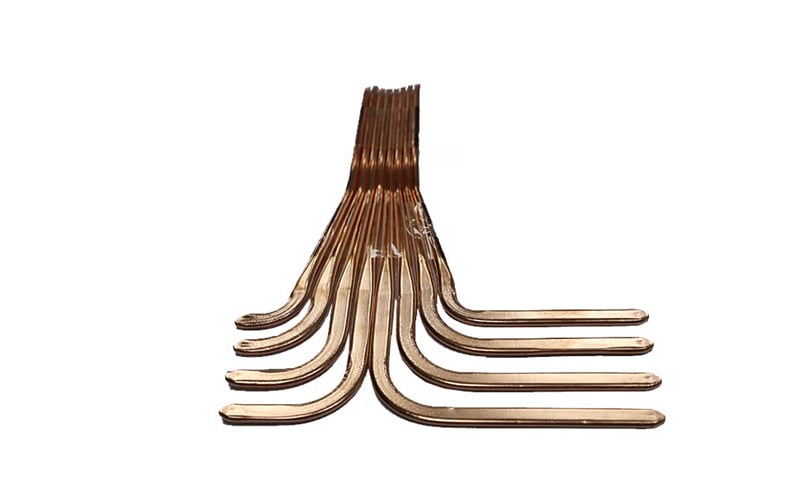Understanding Heat Pipe Functionality
Heat pipes are efficient heat transfer devices that are widely used in high power density environments to dissipate heat effectively. This passive heat transfer technology operates on the principles of phase change and capillary action, making it suitable for a wide range of applications.
Key Factors in Heat Pipe Design
When designing heat pipes for high power density environments, several factors must be carefully considered. These include the choice of working fluid, geometry of the heat pipe, surface treatments, and operating temperature range. Each of these factors plays a crucial role in maximizing the heat transfer efficiency of the system.
Optimizing Working Fluid Selection
The selection of the working fluid is a critical aspect of heat pipe design. Different fluids have varying thermal conductivities, vapor pressures, and temperature limitations, which can impact the overall performance of the heat pipe. Engineers must carefully consider these properties to choose the most suitable working fluid for the specific application.
Importance of Geometry in Heat Pipe Design
The geometry of the heat pipe, including its length, diameter, and wick structure, plays a significant role in determining its heat transfer capabilities. By optimizing the geometry of the heat pipe, engineers can improve its ability to dissipate heat efficiently in high power density environments.
Enhancing Heat Pipe Performance with Surface Treatments
Surface treatments, such as coatings and textured surfaces, can enhance the thermal performance of heat pipes by improving heat transfer efficiency and reducing thermal resistance. These treatments help optimize the heat transfer process in high power density environments, leading to increased overall system efficiency.
Operating Temperature Range Considerations
The operating temperature range of the heat pipe is a crucial factor in designing for high power density environments. Different working fluids and materials have specific temperature limitations, which must be taken into account to ensure the heat pipe operates effectively within the desired temperature range.
Challenges in Heat Pipe Design for High Power Density Environments
Designing heat pipes for high power density environments poses several challenges, including thermal management, material compatibility, and performance optimization. Overcoming these challenges requires a comprehensive understanding of heat pipe design principles and a focus on maximizing efficiency.
Applications of Heat Pipe Design in High Power Density Environments
Heat pipe technology is widely used in high power density environments, such as electronics cooling, aerospace systems, and energy storage applications. By leveraging the unique capabilities of heat pipes, engineers can improve thermal management and enhance the overall performance of these systems.
Future Trends in Heat Pipe Design
The field of heat pipe design is constantly evolving, with ongoing research focused on enhancing heat transfer efficiency, expanding operating temperature ranges, and improving overall system performance. As technology advances, heat pipes will continue to play a critical role in enabling high power density applications.
Conclusion
In conclusion, heat pipe design for high power density environments requires careful consideration of various factors, including working fluid selection, geometry optimization, surface treatments, and operating temperature range. By addressing these key aspects and overcoming design challenges, engineers can maximize the efficiency of heat pipes and enhance thermal management in a wide range of applications.

